Here are my Uruk class notes from last year. I will present some of this in class with images and hopefully in a slightly more articulate manner. The most central question I would like us to tackle is whether the process of urbanization and social change, evident in the material record of late 4th millennium Mesopotamia can be identified as state formation. Involved in this process is the transformations in the settlement landscapes of the southern alluvium during the 4th millennium, the so-called invention of writing, some substantial monumental building activity at Uruk and elsewhere, changes in technologies of production ("evolution of simplicity"), appearance of the temple as a major economic institution and loci for public events, evidence for a collectively shared visual culture (in pictorial monuments and seals). This is the dubious "trait-list". Was all of this happenning at the same time and within one trajectory of social change or are we forcing all into a single narrative of state formation?
Also: Emerging social complexities in Mesopotamia: the Chalcolithic in the Near East
Walid Raad and Akram Zaatari exhibition piece "Mapping Sitting" explores the direct implied relationship between the state and the individual by looking at the modern (Lebanese) state's practices of "imaging" its citizens and its creation of "datable structures". They particularly explore the idea of ID Photographs or Passport photographs for this purpose (an impressive piece I have seen in person). This, I was awakened by Wengrow's comments on how the state becomes alive when it divides and organizes the material world. The subjects, things, language, commodities, pottery, bodies, gestures all need to be quantifiable, molded into an aesthetics of authority (cf. Raad & Zataari, cf. Beveled Rim Bowls of Uruk), of linearity, of rigidity so that they can be managed, counted, classified, as Jose Saramago brilliantly pictures in his novels, Blindness, All the Names, The Cave. State floruishes as the world is bureaucratized. This is possibly my forthcoming argument in this week's responses. The ordinary poetics of the state. Thoughts?
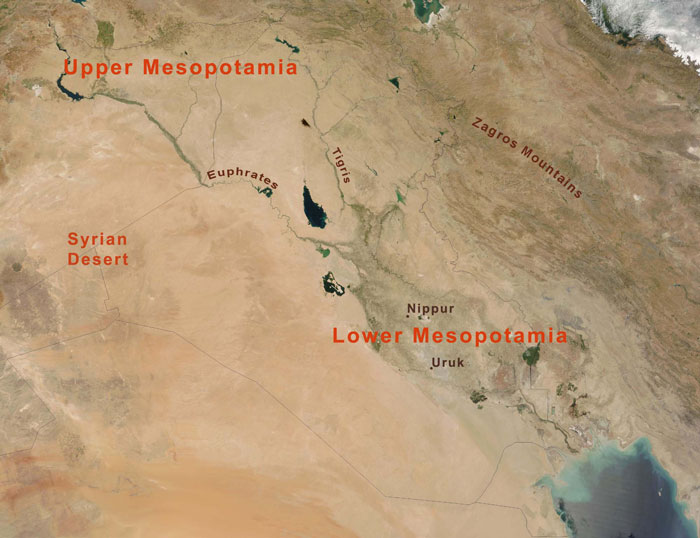
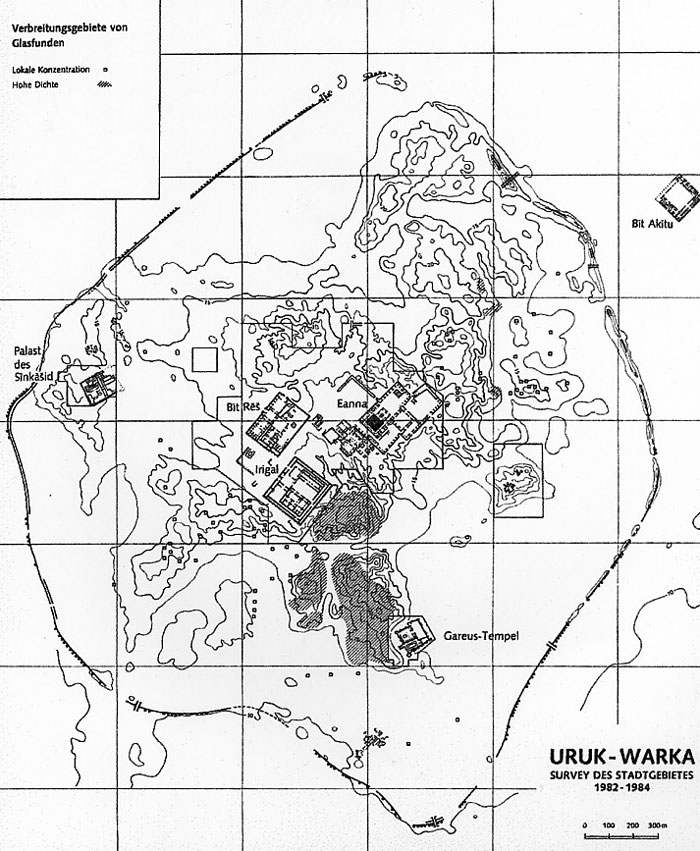
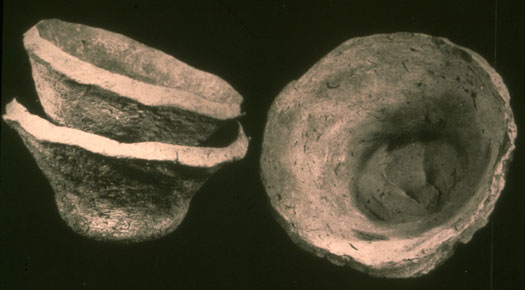
Seals
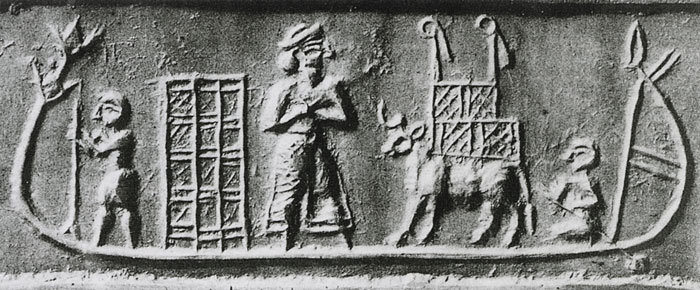
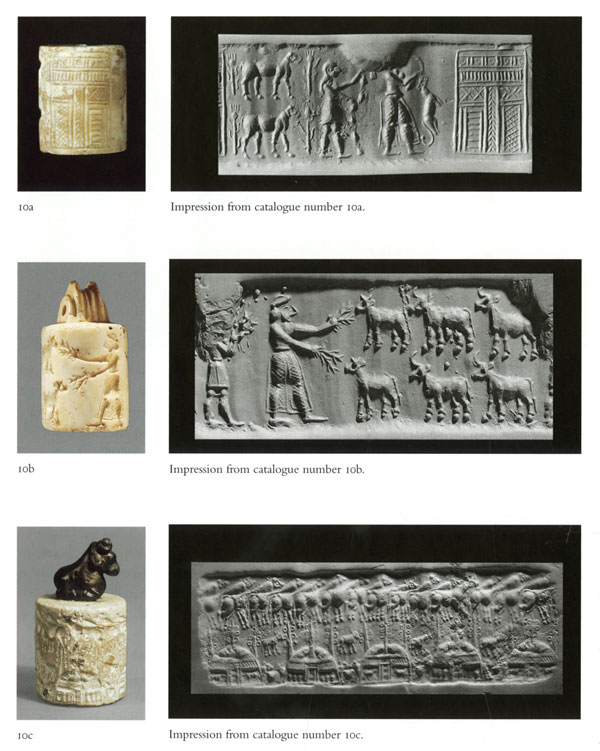
Casey's Presentation:  Temple-State.ppt
---
Temple-State.ppt
---
